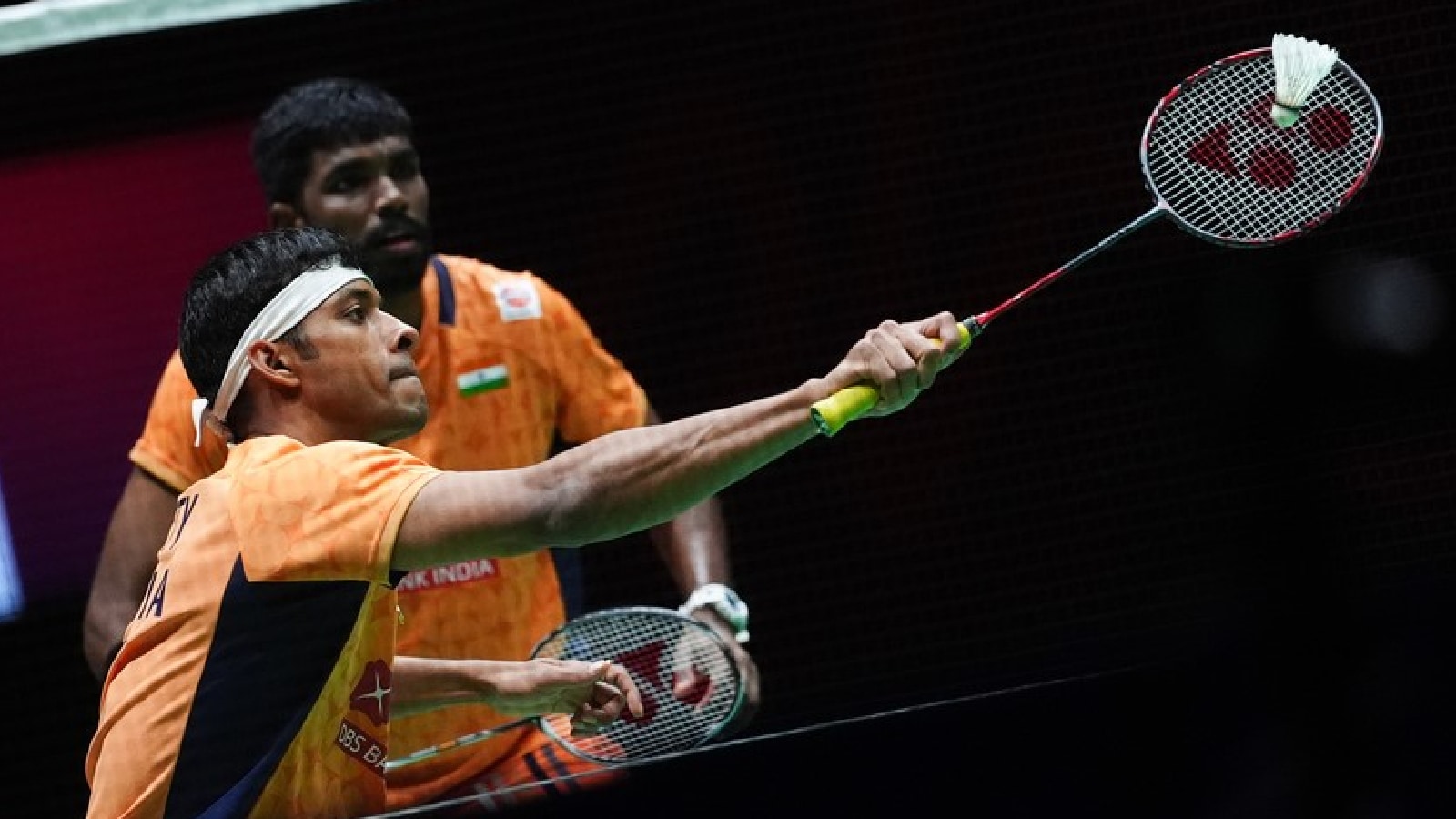ARTICLE AD BOX
The usual roars greeted both captains — India’s Suryakumar Yadav and Pakistan’s Salman Ali Agha — into the middle of the Dubai International Stadium, which was already half-filled. But at the toss for the showpiece match of the Asia Cup, Surya refused the customary handshake with Agha, who also did not show an initiative for the gesture after winning the coin flip and deciding to bat. He then handed over the team list to the umpire, paused for an obligatory chat with the commentator and retreated to the dressing room.
Surya had made up his mind on the morning of the game, The Indian Express has learned. Hours before the game, he conveyed his decision to the team that he would not oblige to the handshake. He, however, told his team that it was everyone’s individual choice whether to shake hands with their Pakistani counterparts.
India vs Pakistan Live Cricket Score Updates: Follow Here
The players are aware of the outrage back home, in the aftermath of the Pahalgam terror attack that resulted in 26 deaths, and the retaliatory strikes by India, but as the Board of Control for Cricket in India (BCCI) and the government had consented for the game against Pakistan in Dubai, they were left with no choice.
A day before the match, the concerns of the players were discussed in the team meeting, assistant coach Ryan Ten Doeschate said at the press conference.
“It is actually something we addressed in the morning. We obviously are aware of the sentiments and the strong feelings. And Gauti’s (coach Gautam Gambhir’s) message has just been very professional, about not worrying about things that are not in our control,” he said.
“I have no doubt the players share the compassion and feeling of the vast majority of the Indian public. The Asia Cup was in limbo for a long period of time, and we were just waiting. We didn’t think we were going to be coming at one stage. But obviously, you know what the government stance is. Now the team, particularly the players, have to put their sentiments and emotions aside. Hopefully, the way we play can represent how we feel about the country,” the Dutchman said.
The vibes were frosty before the toss too. Players and support staff from both teams inspected the pitch almost side by side. But they barely acknowledged each other, or exchanged pleasantries, as though they were blind to each other’s presence. On one side of the pitch, India did their warm-ups and on the other side, Pakistan’s bowlers were operating full tilt on a practice wicket.
Not like old times
Though the two rivals have duelled each other in far more fractious times, the animosity seldom spilled onto the ground. The players, who are the only people who understand how it feels to be in the middle of a match that punctually draws an audience of roughly a billion, had developed a kind of kinship with each other as a consequence, their ties less frosty than those between the politicians.
During the 2022 Asia Cup, Virat Kohli was spotted constantly chatting with Babar Azam, the Pakistan captain.
Story continues below this ad
The handshake in the game is not merely an age-old custom, a vestige of Victorian tradition, but a symbol of the gentleman ideals the game keeps close to its heart. The only time players were forbidden from shaking hands was during the pandemic.
The continuing antagonism, or the soul-sapping heat, though, did not deter the crowd from trickling in from around 3 pm local time. But it was not until 4 pm that a mad rush seized the turnstiles.
ALSO READ | AB de Villiers’ tip for Suryakumar Yadav’s specific batting concern ahead of IND-PAK match
The sights and sounds were familiar; faces smeared in the Tri-colour or dark green, bodies draped in team jerseys, weary limbs waving flags, the louder and energetic ones chorusing, “Jeetega bhai jeetega, Pakistan jeetega” or the counter: “Harega bhai harega, Pakistan ko hum harayega.”
Story continues below this ad
However, some of the fans merrily bonded with each other. An India supporter, wearing a Ravindra Jadeja jersey, was seen fist-pumping with a pair of Pakistan fans, besides taking selfies with them and hugging them before dispersing to their assigned seats.
Largely, the fans of the respective nations were bunched together. Three Pakistan fans waited patiently outside India’s player entry area. “I just want to see Jasprit Bumrah. He is my favourite,” says Salim Hussain from Peshawar, working here as a crane operator.
A few teenagers walked by, the leader wearing a Pakistan jersey, with the boys that followed him clad in India colours.
Most locals are unaware of the game, but the few who do are not talking about much else. It seems just about everyone who is anyone in the vast Pakistani and Indian communities was either in the stands or wanted to know how they could join them.
Story continues below this ad
Unlike games in the UK, or last year in the US, there was not a blanket of gun-toting military personnel around the stadium. There were a few extra police patrols, but not snipers on nearby rooftops, or ‘CIDs’, as the surveillance team is called here, monitoring every inch of the venue on cameras from a remote location. The team buses nearly tailed each other, separated by just a couple of police sedans.



.png)
.png)
.png)

























 English (US) ·
English (US) ·